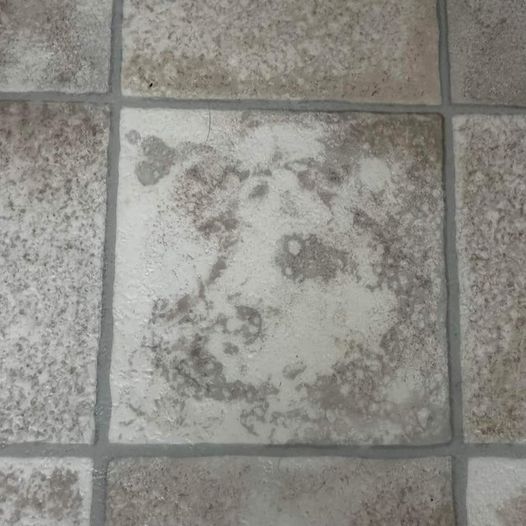Many people have experienced pareidolia without realizing it. It’s the phenomenon where the brain sees or hears something of significance in a random picture or pattern. A common example is seeing faces in common objects. So if you notice an animal-shaped cloud or religious figures on toast, you are experiencing pareidolia, and scientists are trying to understand how this is possible.
Why Pareidolia Happens

There are many theories attempting to explain this phenomenon, but the main idea is that the brain tends to assign meaning whenever it can. It looks for patterns to make sense of what it is seeing. Moreover, part of the temporal lobe of the cortex processes facial recognition, an important skill throughout history that distinguishes between friends and potentially dangerous strangers. In an evolutionary sense, it can also help distinguish between jungle foliage and a camouflaged predator preparing to attack.
Confirmation bias is another aspect of pareidolia. If someone is looking for clouds shaped like objects, it’s more likely they’ll find them. Plus, if someone is making toast, they may not see the face of a famous religious figure until someone else points it out to them.
Read More: 8 Signs You’re Suffering From Chronic Fatigue Syndrome
Motion Pareidolia

Also called kinetic pareidolia, motion pareidolia occurs when people see patterns or images in visual stimuli, perceiving movement when there is none. When “your eyes play tricks on you” such as by perceiving movement out of the corner of your eye when nothing is there, it’s actually your brain trying to fill the gaps in your vision. This is why it’s more common to have your eyes “playing tricks” when you are sleep-deprived or in a dark area.
Primed to See Faces

Kang Lee is a professor of applied psychology and human development at the University of Toronto, and he has spent decades studying how humans of all ages process faces. He found that the brain usually takes in information before we “see” it, but it often seeks face imagery.
“The inferior frontal gyrus is a very interesting area. It’s related to generating some kind of idea and then instructing our visual cortex to see things. If the idea is a face, then it would see a face.” Lee adds, “If the idea is Jesus, I’m pretty sure the cortex is going to see Jesus. If the idea is Elvis, then it’s going to see Elvis.”
Assigning Emotion

Not only can we see faces in inanimate objects, we automatically assign emotions and personalities to them. Emoticons are a simple example of this. The simple shapes of colons, parentheses, letters, and other characters can convey happiness 🙂 and sadness 🙁 among other expressions.
The Man in the Moon

One of the most famous examples of pareidolia is the man in the moon. Many cultures have legends about the celestial object, but anyone could look up at night and see a face on a full moon. Its surface is not smooth; rather, it’s full of craters and maria, which are gobs of hardened lava.
“In terms of the Moon’s ‘face,’ it is the most distinguishable feature we see from Earth, the dichotomy of dark mare and bright highland,” said Ya Huei Huang, a planetary scientist at MIT. “The maria formed from those large basins flooded by episodes of volcanic eruptions.”
Virgin Mary on a Grilled Cheese

In the 90s, Diane Duyser was making a grilled cheese but when she was about to eat, she realized it was staring back at her. It was as if the Virgin Mary had appeared on the toast. Duyser kept the sandwich in a plastic box for a decade. Word spread, and the grilled cheese became so famous, it sold for $28,000 on eBay in 2004.
Some of the most famous cases of pareidolia involve Jesus and other religious figures. He has been found on toast, in pancakes, tacos, clouds, trees, among many other objects. Talk about finding divine presence in the mundane.
Seeing Faces Everywhere

According to Lee, “it’s pretty easy to induce this phenomenon”. In one of his studies, participants were able to see faces about 34% of the time, even when there’s nothing in the gray static. So test your creativity by looking for faces around your home or neighborhood. You may be surprised at what you might find.
